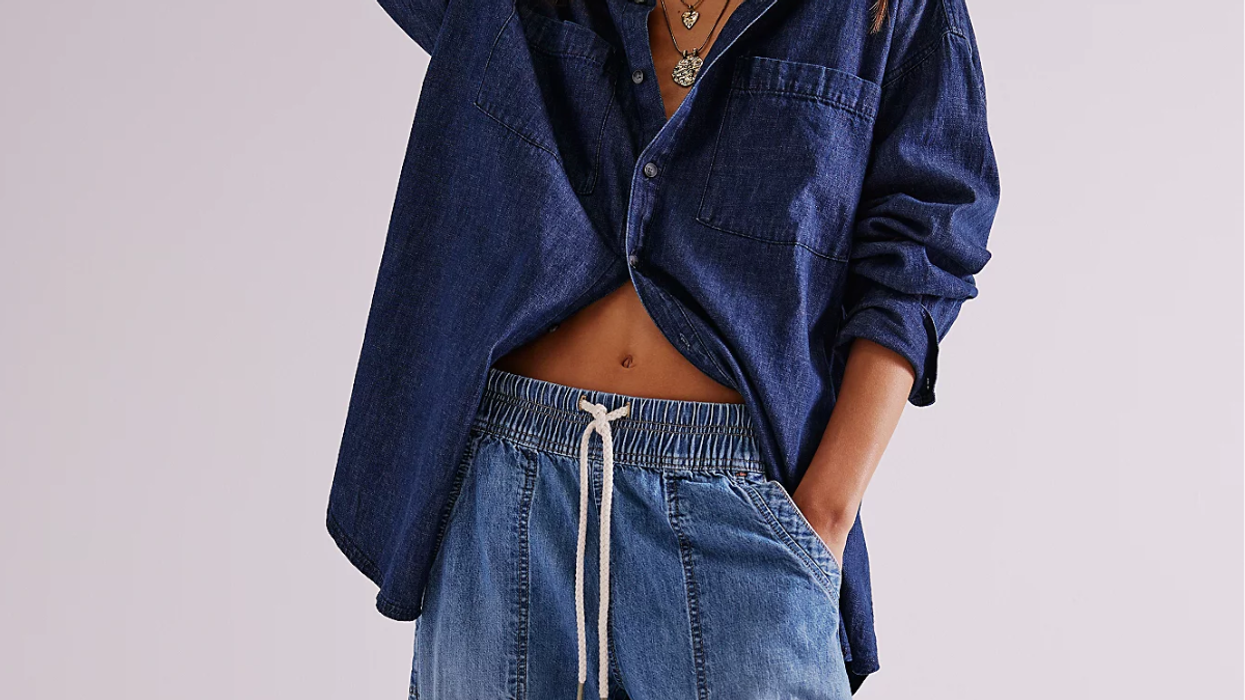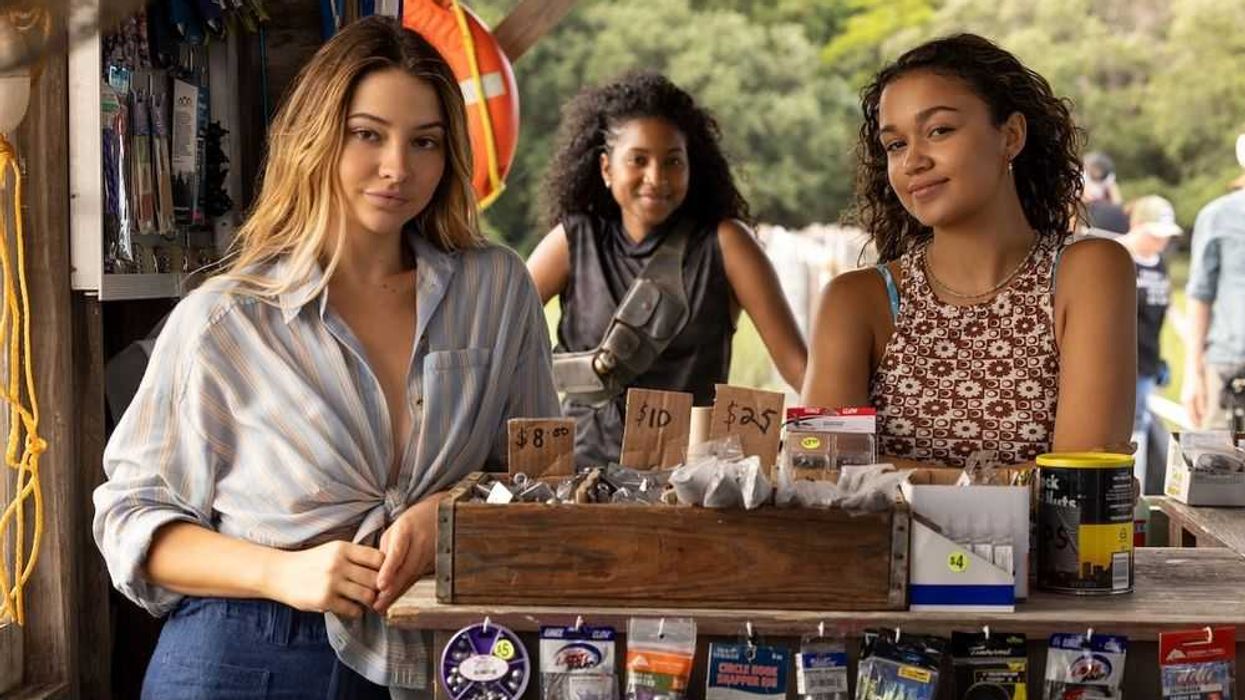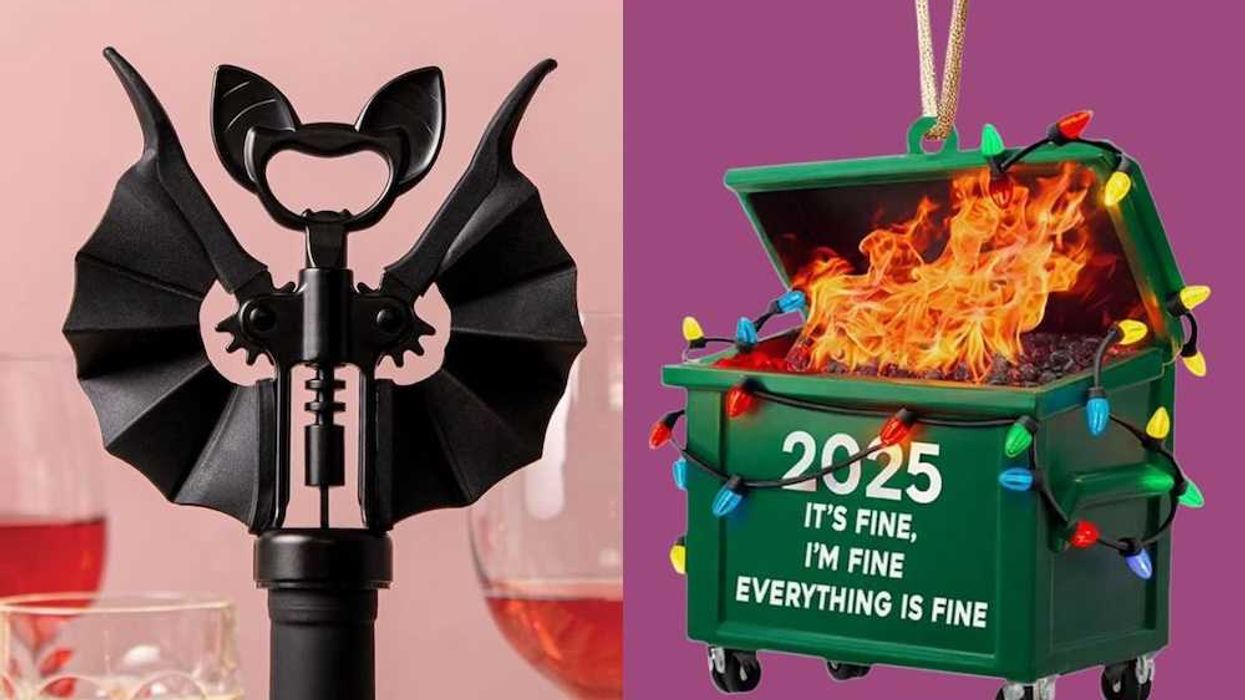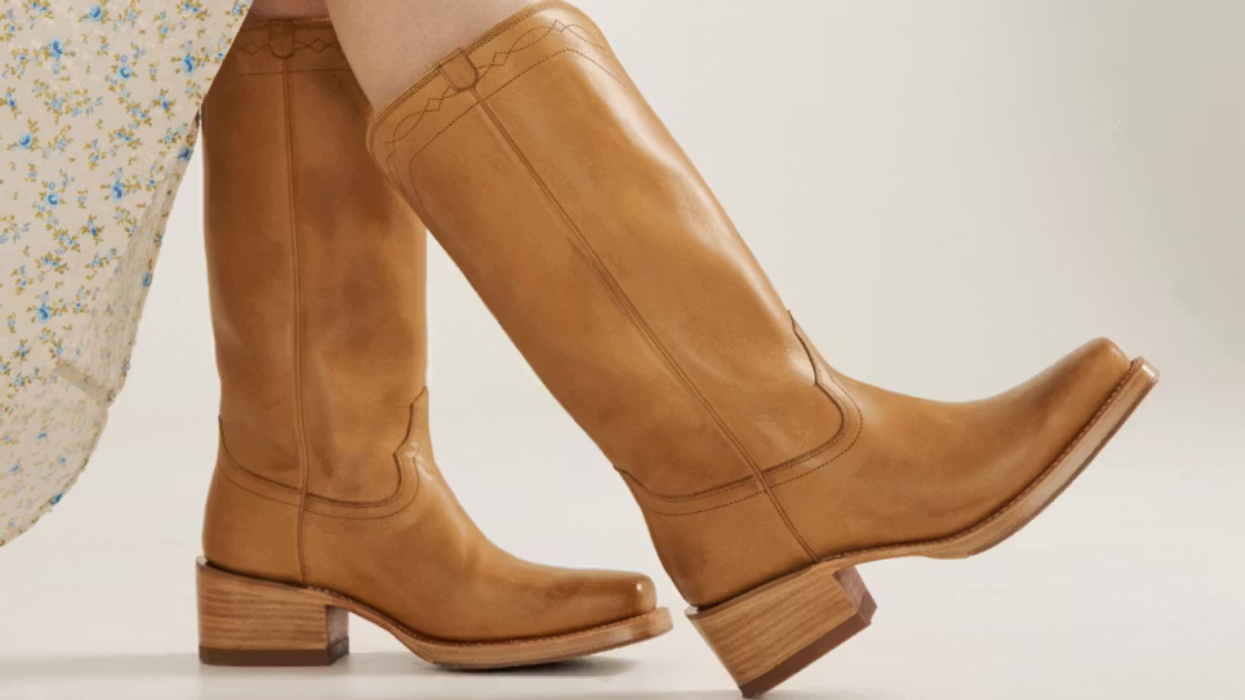Sleep to dream.
This Sleep Mask Lets You Play With Your Dreams

We all know that getting enough sleep can spell the difference between having a “kicked your to-do list’s butt” day and a “walking talking zombie” day. Thanks to technology, we now have a myriad of sleep apps, trackers and even wearable devices designed to help us get a good night’s rest and be more productive during the day. These things basically help us fall asleep at the right time, get a more restful slumber or wake up at the best time of our sleep cycle. Here’s a new device that adds “control your dreams” to that list while giving you the rest you deserve.
Designed by robotic engineer Octavio A. Martinez García, this cool sleep mask is supposed to help the wearer get some much needed shut-eye as well as help them take control of their dreams. The electronic sleep mask, called Napz, is built to measure Rapid Eye Movement (REM) and uses LED lights to stimulate the wearer and bring them to the “border of consciousness and unconsciousness” so they can start playing with their dreams.
According to García, the wearable device is basically designed to “schedule lucid dreaming” and create better REM sleep patterns and a more restful sleep for the wearer. The sleep mask also needs to be calibrated to the wearer since each individual is different.
If you think this nifty device is just what you need to help keep you from constantly hitting that snooze button in the morning, you’re going to have to wait and see if you can get your hands on one anytime soon. Napz is still a prototype device. It was one of the projects showcased at Digital Futures UKMX, a maker events series between the UK and Mexico, last June.
How do you feel about being able to control your dreams? Tell us in the comments below!
(Images via Jonathan May + Getty)

















